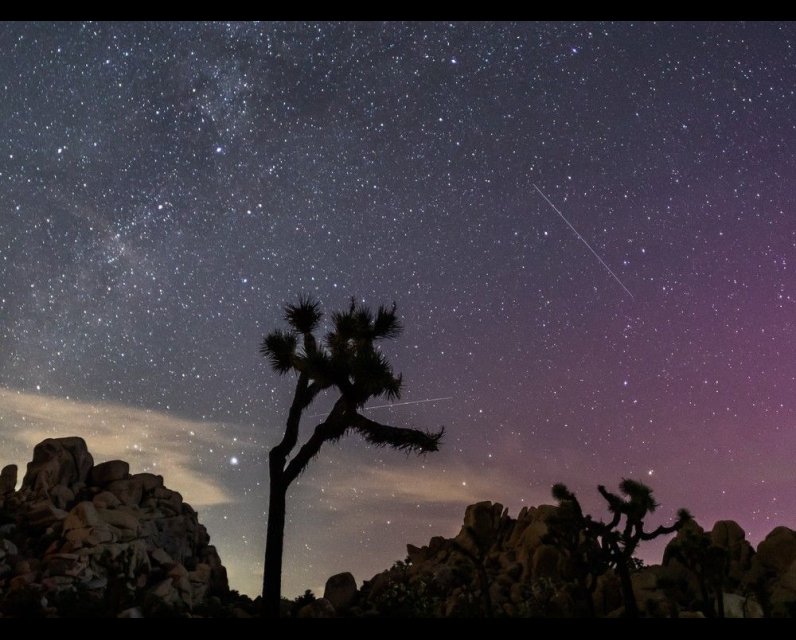How to view the Perseid meteor shower that’s lighting up Canadian skies with shooting stars

Next week, Canadians will have the chance to witness one of nature’s most spectacular light shows, the Perseid meteor shower. For anyone looking to catch a glimpse of these “shooting stars” here’s everything you need to know to make the most of this celestial event.
What are the Perseids?The Perseids are an annual meteor shower that happens from late July to mid-August, in the Northern hemisphere. They happen because of Comet 109P/Swift-Tuttle.
The comet moves around the sun, leaving behind debris that the Earth passes through, every summer. When the tiny particles enter the Earth’s atmosphere, they burn up and create bright streaks of light in the sky — the shooting stars ” seen during the meteor shower. According to NASA, around 50 to 100 meteors can be seen per hour.
The Perseids are also known to produce fireballs. These are larger explosions of light and colour. These fireballs come from larger pieces of the comet’s debris and can last longer in the sky than regular meteors.
The Perseids take their name from the constellation Perseus. Just before dawn, when the shower is most active, Perseus is at its highest point, and the meteors look as though they are falling from it.
When and where to watch the Perseid meteor showerThis year the shower is active from July 14 to Sept. 1, but its peak is next week on Aug.12 or 13, according to the American Meteor Society. According to the Canadian Space Agency (CSA), the best viewing time is “between moonset and dawn,” or the hours after midnight.
The CSA also advises that people go to rural areas, away from city lights, to increase their chances of seeing shooting stars. For an even clearer view, Canadians can head to one of the country’s many Dark-Sky Preserves, which are ideal for watching meteor showers.
This year, a bright moon will dampen viewing during the peak, so some experts recommend waiting a week or so to glimpse shooting stars against a darker sky.
Under dark skies with no moon, the Perseids can produce between 60 to 100 meteors per hour, said Thaddeus LaCoursiere, planetarium program coordinator at the Bell Museum in St. Paul, Minnesota.
Since the moon will be around 84 per cent full during the peak, skywatchers might expect between 10 to 20 meteors per hour, according to the American Meteor Society.
“This year I’m actually recommending that people go out a little bit later” — a week or so past the peak when the moon will not be as bright, LaCoursiere said.
Viewing of the Perseids lasts until August 23.
How to get the best view of the Perseid meteor showerFor the best viewing experiences, the CSA has a few tips that can help Canadians trying to see the shower.
If using a flash light, use a red filter over it (a red balloon can be used). This is because white light is very blinding and can affect your night vision, making it harder to see meteors.
Even though it is August, nights can get chilly so it’s important to dress accordingly and keep yourself warm. Sitting back in a reclining chair, or laying down on a blanket are not only more comfortable, but allow you to take in more of the sky at once, allowing for a better viewing experience.
Lastly, remember to be patient. It might take a little while to spot your first shooting star.
Our website is the place for the latest breaking news, exclusive scoops, longreads and provocative commentary. Please bookmark nationalpost.com and sign up for our daily newsletter, Posted, here.



Comments
Be the first to comment